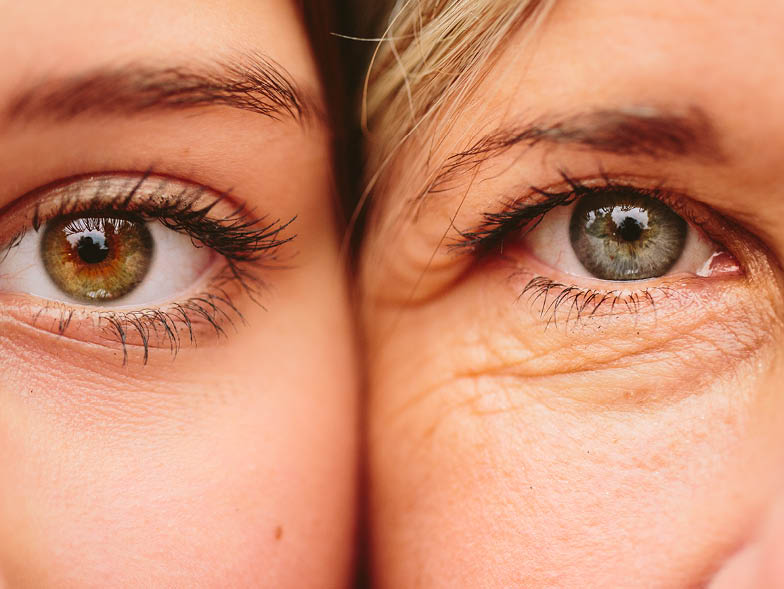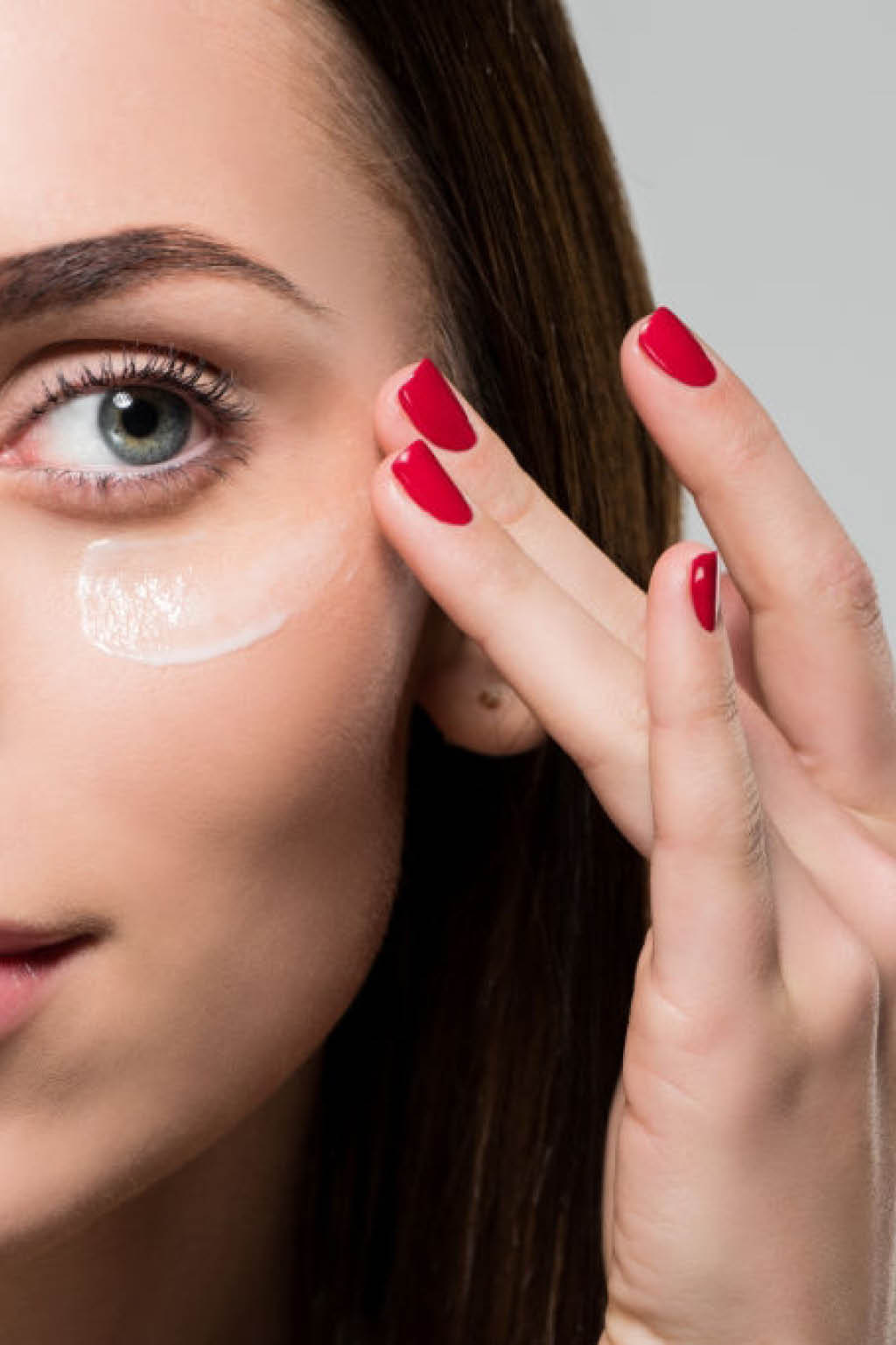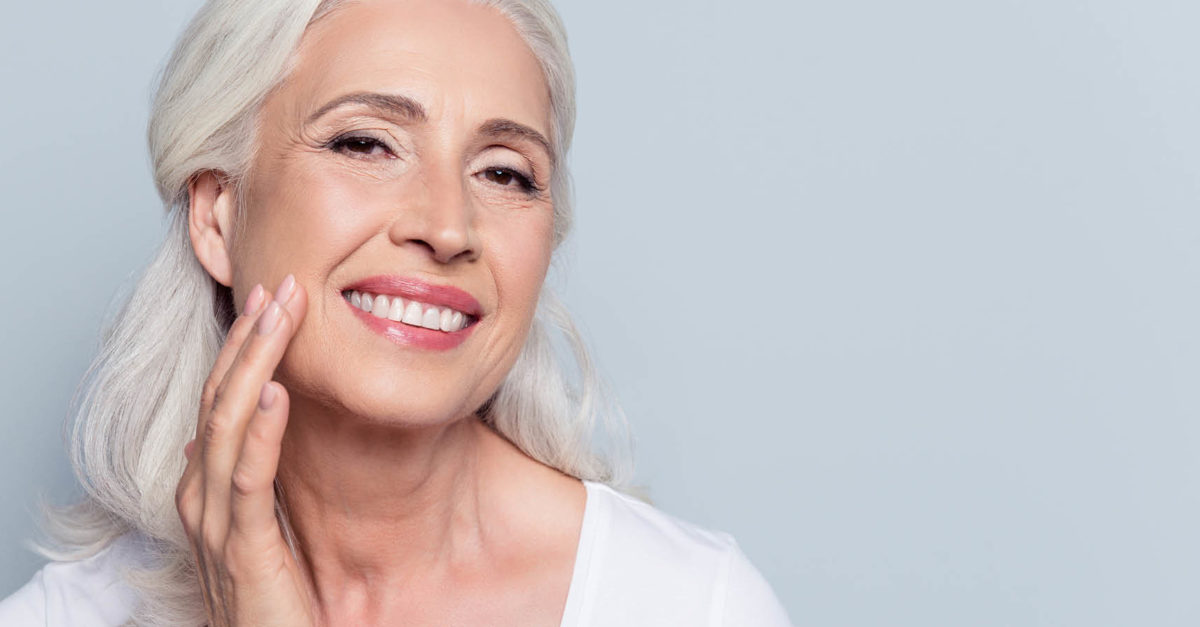If We Could Turn Back Time
Humans have always had a fascination with the aging process, and even more so with how to slow it down. It’s only natural for us to want to extend our lives as long as possible, and we try to pack a lot of life into years that seem to go by much too fast. For many, the prospect of salt-and-pepper hair and laugh lines is disconcerting, but for others, these markers of age are worn as a badge of honor.
Aging occurs both internally and externally, and it can be impacted by a lot of different factors, including genetics, the environment, and disease. But even for people with so-called “good genes,” who live in a healthy environment, or who are lucky enough to escape the myriad of diseases that exist, aging will always occur in some capacity. The aging process looks a little different for everyone, but there are basic physical changes that occur universally—and even across species—that denote an advanced age. No matter how you feel about getting older, it’s important to understand the science behind this inescapable process—the most obvious signs, why they occur, and some of the ways science and technology have helped us navigate aging a little more gracefully.
The Brain
When we think of the side effects of aging, many people first think of changes in brain function, such as memory loss. The brain is our most important organ, as it’s at the center of nearly all other natural processes. Being one of our hardest-working organs, the brain will naturally begin to age as the rest of our body does, resulting in a number of transformations—some noticeable and some not. According to an article published in Harvard Health, parts of the brain actually shrink with age and the protective cover around connecting nerve fibers wears down. This helps to explain many of the occasional mental slipups older adults may experience, like forgetting the name of a friend or where they parked the car.

Activities like exercising regularly, eating healthy, and frequently engaging the brain with educational material can all contribute to sharper mental function later in life. Though our brains act as a sponge in our early years and even into our teens and twenties, we are always learning. The brain has the remarkable ability to adapt over time to natural changes. The National Institute on Aging explains that, while the brain may shrink with age, it does not necessarily mean that basic functions like communication and memory will dissipate. For some people, the parts of the brain that are still healthy and strong will simply cover for the parts that are weaker than they used to be.
Unfortunately, though, many aging adults are at a higher risk for degenerative brain diseases such as Alzheimer’s—progressive diseases that cause irreversible damage to parts of the brain that control memory and basic skills. Alzheimer’s affects millions of Americans and is currently the seventh-leading cause of death in the United States, according to the CDC. Scientists have painstakingly studied the effects and progression of Alzheimer’s for decades and have made progress in predicting why diseases like this may occur, though, sadly, there remains no cure.
Hair and Skin
Some of the internal changes of aging can result in outward, physical changes—as is the case with our hair and skin. One of the most obvious physical transformations of aging is the whitening of the hair, which can actually occur at a very early age. The color of our hair is a result of the amount and types of melanin we produce. The amount of pheomelanin made affects how yellow or red the hair appears, and eumelanin affects how dark the hair appears. As we age, our hair follicles slow the production of these pigments. The reason many people experience gray hair is because their hair has less melanin. White hair has no melanin—this occurs when hair follicles stop producing pigment altogether.
Aside from gray hairs, sagging and wrinkling skin is a major point of concern for some aging adults. Younger, healthy skin produces an abundance of collagen, which gives it elasticity and vibrancy. However, as early as our twenties, the skin begins to slow the production of collagen, resulting in thinning of the skin and the appearance of more lines and wrinkles. Other factors, such as long-term sun exposure without protection from UV rays, pollution, and smoking, can contribute to the appearance of aging skin at an earlier age. Regular use of a moisturizer with SPF can keep skin healthier longer.
Bone Density
By around age fifty, the internal framework of our bones weakens, which can lead to an increased risk for breaking and fractures. While it’s good practice to stay active as an older adult, it’s also imperative to take care of our bones so that they can withstand even minor physical activity. Upping the amount of calcium intake as a young adult, through food and supplements, can help keep bones strong into old age. Johns Hopkins Medicine recommends 1,000 milligrams of calcium per day for men and women age fifty and younger and 1,200 milligrams a day for women over fifty and men over seventy. According to the CDC, one in four Americans age sixty-five or older falls each year, which results in tens of thousands of deaths. An increased likelihood of slipping or falling as we age also brings on concerns for broken bones—most commonly of the wrist, hip, and spine.
Osteoporosis, which occurs in both men and women but has become very common among older women, is a disease that weakens the framework of the bones and can lead to other health concerns over time. A decrease in the production of estrogen is one of the main causes of the disease in females. The International Osteoporosis Foundation notes that there are over 50 million US adults age fifty or older suffering from osteoporosis or low bone mass.
Why We’re Living Longer (and Healthier)

The life expectancy in most of the world was under the age of fifty even as recently as 1900. Now, life expectancy in the US and other developed nations is well above that—nearly age eighty or slightly higher. As mortality rates decline, increased research is not only helping us understand how and why we’re living longer but also helping us live better well into old age.
Technological advancements in the medical field allow us to detect diseases earlier that affect older adults in increased numbers, such as cancer and Alzheimer’s. This awareness is beneficial for developing treatments before the diseases progress too far—protecting both quantity and quality of life. Personal behaviors such as eating well and exercising can also contribute to a longer lifespan and a stronger mental and physical state. The National Institute on Aging says that physical activity has been shown to even keep a significant number of health concerns for older people at bay, including arthritis, high blood pressure, and diabetes.
Exercise and eating healthy are surely important, but so is keeping up with activities you love. This can be challenging for a lot of older people as mobility and mental acuity decrease. However, staying in touch with loved ones, being active in the community, and keeping up with hobbies can prevent feelings of loneliness, which can occur in aging adults, especially with major life changes.
Aging affects us in ways we may never fully comprehend. The obvious physical changes of aging are only at the surface of what it means to get older. There are so many internal and external transformations that can make the prospect of aging both scary and exciting. With improved research and our ever-present curiosity, we have learned a great deal about how we can best circumnavigate our golden years. It’s a comforting fact to know that we’re not alone in the aging process—all we can do is educate ourselves and continue to live life as thoroughly as possible.
For more info, visit nia.nih.gov









